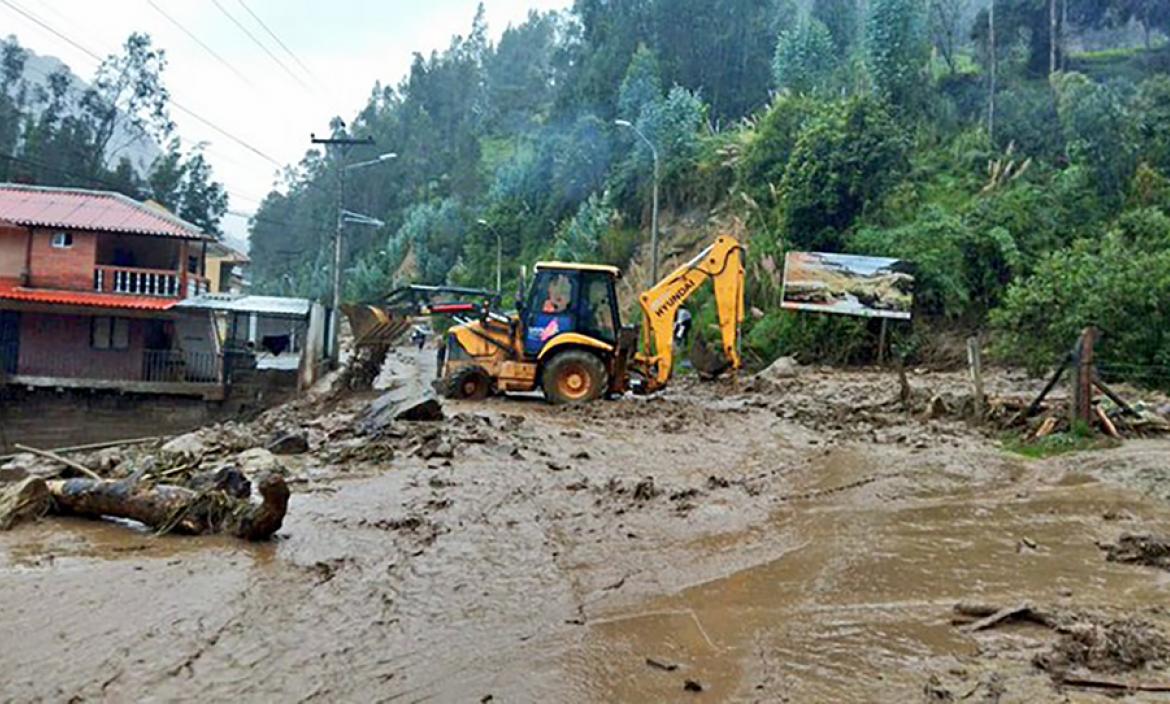Azuayan industry relies on three transportation routes to facilitate the movement of raw materials and products, yet only one route has remained operational this year.
Road closures have significantly increased production costs in the Azuayan industry, which heavily relies on three main routes for transportation. However, due to ongoing closures, only one route has remained open throughout 2022 and 2023.
The closures are primarily caused by geological issues, lack of maintenance, and heavy rainfall, which have affected the main roads in the Austro region. Out of the 6,000 kilometers of roads in Azuay, only 6% are in optimal condition, and 16% are deemed acceptable, according to a report by the Provincial Government.
Connectivity with Guayaquil, one of the major ports for the Azuayan industry, has been severely affected. Raw materials and export products, including ceramics, white goods, and tires, primarily pass through Guayaquil.
However, the main connection road, Cuenca-Molleturo-El Empalme, is not suitable for large platforms, hindering the transportation of goods. The only alternative road, Cuenca-Biblián-Zhud-Cochancay-El Triunfo, urgently requires maintenance, but the works have been suspended since November 2022. While this road has experienced some minor closures, it remains the only viable option.
The executive director of the Chamber of Industries, Andrés Robalino, emphasizes that the closure of this road would cause significant losses, up to 80%, and bring distribution to a halt.
The closure of the Pan-American highway after a landslide in Alausí in March 2023 has further complicated the situation for the Azuayan industry. Quito and Guayaquil serve as the primary markets for Cuenca, with 65% of products produced in Azuay being transported to these cities.
The longer routes now taken by trucks to reach Quito, through the Zhud-Troncal-El Triunfo road and Pallatanga, have doubled the travel time. In the event of landslides or closures on these alternate routes, trucks have had to detour along the entire coast, adding over six hours to their journey. This poses challenges for sectors like floriculture, which must ensure the preservation of their perishable products during the extended travel times.
The closure of the Cuenca-Girón-Pasaje road, vital for the Azuayan economy, has affected industries reliant on natural gas from Bajo Alto in Machala, including ceramics, appliances, plastics, and paints. With approximately 30 critical points along this route, gas tankers must take longer routes via Ponce Enríquez and Puerto Inca to reach Cuenca.
Closures will hurt job opportunities and tax basis
These road closures have led to increased transportation and production costs, which companies have absorbed to avoid impacting prices. However, this situation has resulted in reduced job creation and investment opportunities.
The Chamber of Industries and Productivity (Cipem) reports that production costs have risen between 25% and 35% due to these frequent closures.
Fernando Romero, director of the Chamber of Small Industry of Azuay, notes that the poor state of the roads hampers competitiveness in comparison to other regions of the country.
The Azuayan industry calls for long-term solutions and projects to address these challenges. They anticipate that the new Minister of Transport and Public Works, César Rohon, will fulfill the commitments made by the government and expedite necessary interventions.
The Azuay industry, which contributes significantly to employment and economic income, generated approximately $10.5 billion in sales and exports in 2022, along with $888 million in taxes, a 21% increase compared to 2021.


0 Comments